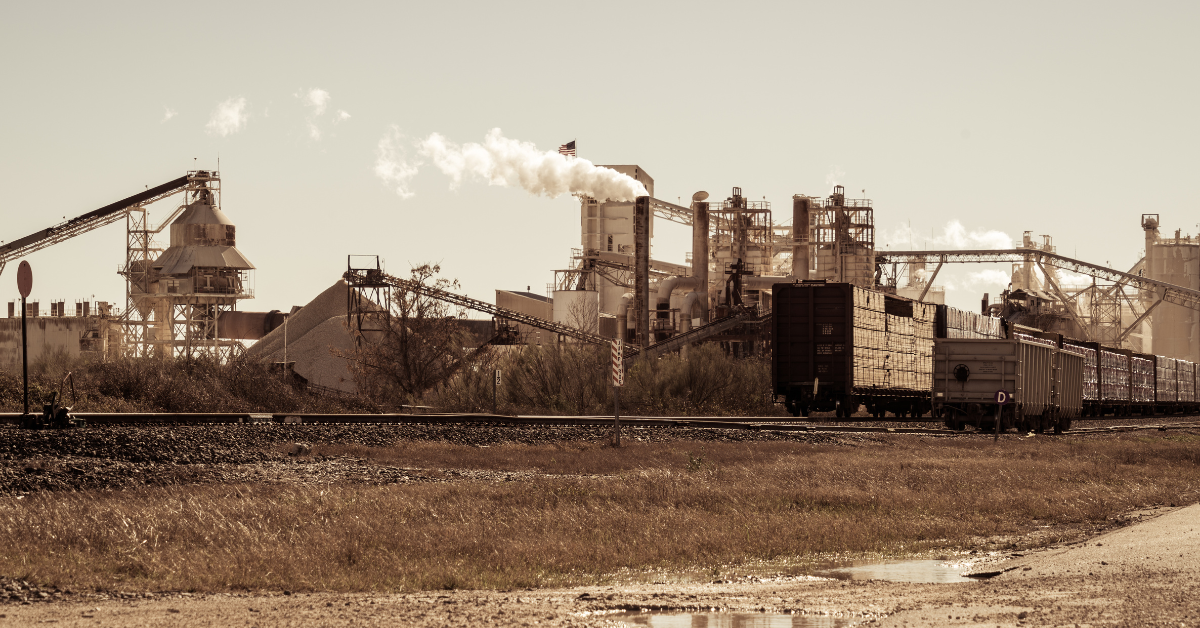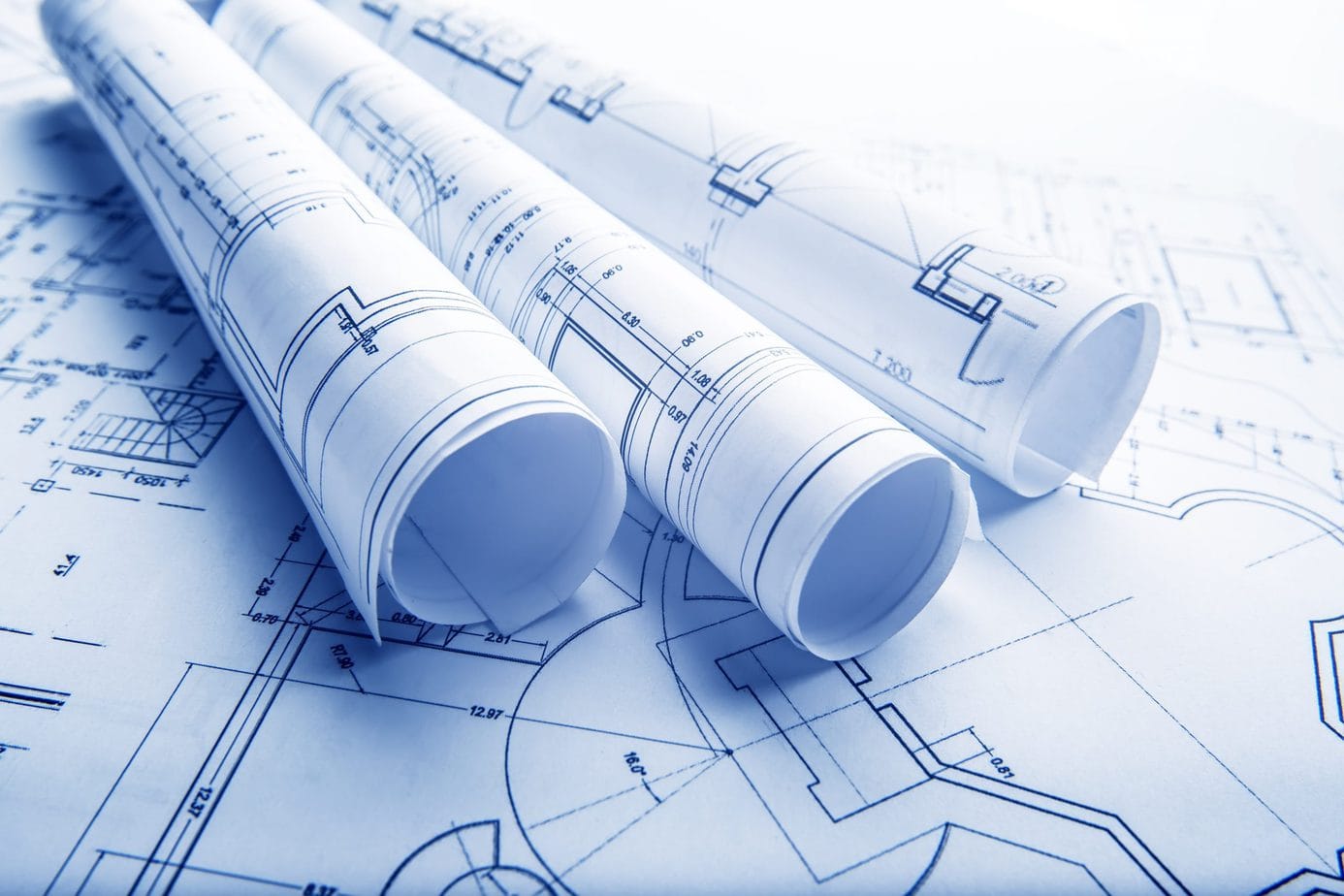
How Foreign Immigrants Fueled the American Dream during the
Industrial Revolution
In the story of America's rise during the Industrial Revolution, there's a crucial but often overlooked chapter: the role of foreign immigrants. These were individuals who, just like many of us today, came to the United States in search of hope and a better life. Their contributions were more than just labor; they were the backbone of businesses that turned the American Dream into a reality.
Picture this: the 18th and 19th centuries were a time of immense change. America was transitioning from an agrarian society to an industrial powerhouse. Cities were growing, factories were humming, and opportunities seemed endless. But behind the scenes, it was the hard work and ingenuity of immigrants that fueled this transformation.
Think about the Irish, for example. Fleeing famine and poverty in their homeland, millions of Irish immigrants arrived on American shores. They found work in construction, manufacturing, and transportation, helping to build the infrastructure that powered the nation's growth. From laying railroad tracks to erecting skyscrapers, the Irish were there every step of the way.
Then there were the Germans, known for their craftsmanship and technical skills. They made their mark in industries like brewing, engineering, and manufacturing, raising the bar for quality and efficiency. German immigrants played a vital role in driving innovation and progress, leaving an indelible imprint on American industry.
A third large European immigrant demographic came from Italy. Italians, despite facing tough times, brought their talents to sectors like mining, agriculture, and garment manufacturing. Their contributions helped to shape the fabric of American society and pave the way for future generations.
Let's not forget the Chinese and Japanese immigrants out West. Chinese immigrants, especially, played a massive role in mining, agriculture, and building the Transcontinental Railroad – a giant feat connecting the East and West coasts. Japanese immigrants fueled the growth of the West Coast through their work in agriculture, fishing, and manufacturing. Despite facing discrimination and anti-immigrant sentiment, Chinese and Japanese immigrants persevered, leaving a lasting legacy of resilience and innovation that continues to shape the region to this day. Their participation in the Industrial Revolution underscores the diverse tapestry of immigrant contributions that have helped define the American Dream.
But it wasn't just about labor. Immigrant entrepreneurs also played a significant role in driving economic growth. From small businesses to large enterprises, immigrants seized upon opportunities to expound upon their entrepreneurial dreams. Take Levi Strauss, for instance, a German immigrant who founded the iconic denim brand that bears his name. Through hard work and innovation, Strauss transformed a simple fabric into a symbol of American culture and style.
Then there's Andrew Carnegie, a Scottish immigrant who rose from poverty to become one of the wealthiest men of his time. Through his leadership in the steel industry, Carnegie not only built a fortune but also revolutionized the way steel was produced. His legacy lives on in the steel skyscrapers that dot the American landscape.
Of course, the journey wasn't easy. Immigrants faced discrimination, exploitation, and harsh working conditions. But they persevered, driven by a shared belief in the promise of the American Dream. Their efforts paid off, laying the foundation for the nation's economic prosperity and global leadership.
As we reflect on this pivotal period in history, let's not forget the vital role that immigrants played in shaping the destiny of a nation. Their contributions were more than just bricks and mortar; they were the building blocks of the American Dream, and their stories are still part of our journey today.




%20(2).png)

.jpg)
.jpg)